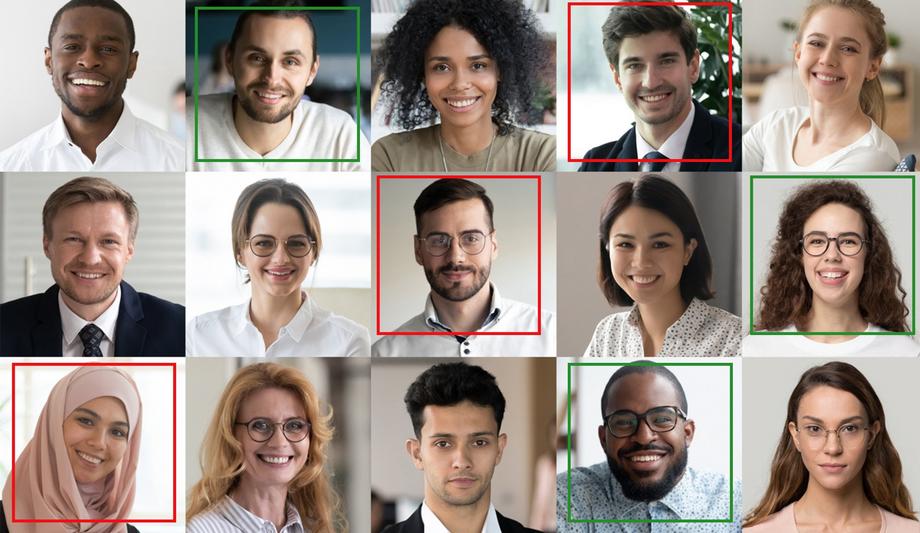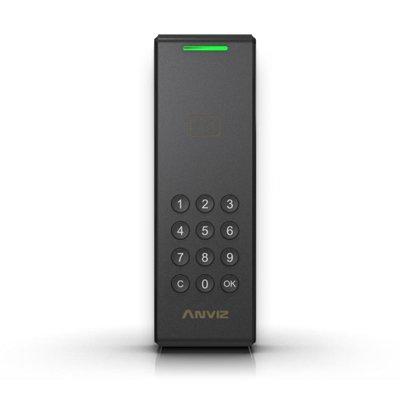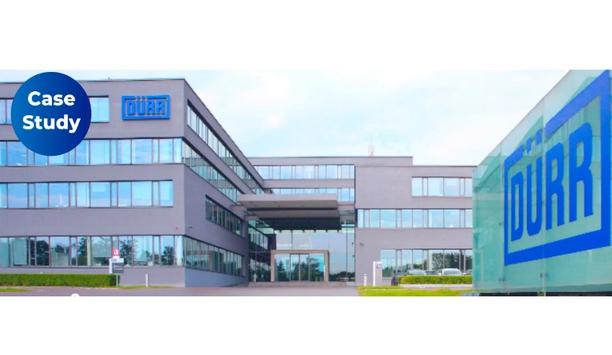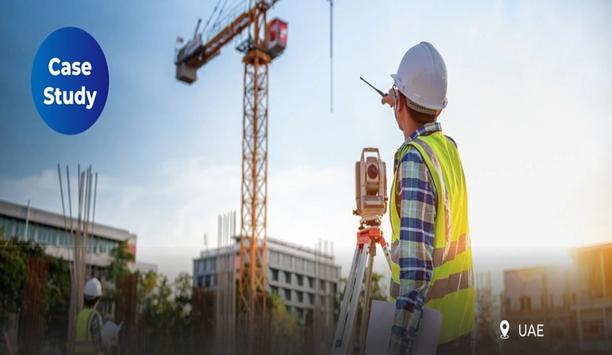
What are the new developments in facial recognition?
Editor Introduction
Facial recognition is a mature technology that continues to change and evolve. New innovations such as artificial intelligence (AI) are expanding facial recognition capabilities, even as privacy concerns, though often misguided, undermine wider acceptance in the market. We asked this week’s Expert Panel Roundtable: What are the new developments in facial recognition?
Advancements in facial recognition technology (FRT) are adding new levels of convenience, speed and security to many touchpoints across our daily lives. Improvements in AI and machine learning technologies are fuelling matching-speed and performance possibilities – making facial recognition faster, more accurate and harder to hack. While fingerprint biometrics are widely used by some industries such as the banking and financial services, facial recognition is gaining in popularity as it strengthens security and improves user experience. At the ATM, combining fingerprint and facial recognition eliminates the need to insert a card and type a PIN. A quick face scan while entering a branch office allows bank employees to recognise the customer and pre-loads their account information for the teller. More efficient for both sides of the counter, the approach also nurtures customer relations as patrons are greeted by name and spend less time waiting for services.
The attention to ethical use and the issue of racial bias (which is introduced because of poor algorithm training) are major trends driving new developments. At RealNetworks, we appreciate the importance of these issues and low-bias/stable face recognition scoring has been a priority for algorithm development from our inception. Another major development in face recognition is related to lowering the total cost of ownership by miniaturisation, edge and cloud computing. This reduces the demand for expensive hardware on-premise, and better supports businesses with geographically dispersed operations. By developing high-speed, compact systems, we have removed barriers to entry for many businesses considering a whole range of use cases. And of course, by adopting a ‘privacy by design’ approach to development, we can enable organisations to comply with ever-evolving privacy standards and best practices regarding how data is used and who has access to it.
Facial recognition technology has been comprehensively improved and developed in the past five years focusing on three main aspects. First is the hardware performance and improvement of AI core, enabling the dynamic face databases to reach to 50,000 within a second level. Secondly, with the improvement of algorithms, especially the increase in the number of international face databases that can be used for deep learning, the accuracy of face recognition can reach more than 99%. Finally, there are improved security encryption and transmission technology. With the introduction of GDPR and the laws of collection and use of biometric information, the encryption and transmission technology of facial biometric templates have also been greatly improved, effectively reducing the risk of information theft and hacker tampering.
There is growing adoption of face biometric technology in various applications, such as access control for identity verification. Facial authentication technologies have become common in our everyday lives, from when we travel to unlocking our phones. Privacy is now at the forefront of organisations looking to adopt biometric technology. Companies like Alcatraz AI hold high standards when it comes to data security and user privacy. The Alcatraz identity verification solution respects the privacy of all users and relies on a user providing consent before participating in the program and secures data following ISO 27001 requirements. Technology that focuses on privacy, compliance, and data security with end-to-end encryption will be the core to all physical access control development in the coming years.
Advances in computing power have allowed facial recognition software to rapidly mature over the past five years. Competition and lower costs are spurring adoption across a wide range of industries and applications. In key sectors of our industry, facial recognition technology is enhancing the capabilities of identity proofing, document security and access control technologies that help protect people, property and information. Across applications ranging from helping law enforcement rescue children from sexual exploitation to assisting people with blindness and other disabilities, the benefits of the software are growing. Though critics have grown louder – misrepresenting research and blurring vast differences between government and consumer applications – broad bans on facial recognition failed in 17 U.S. states throughout 2020 and 2021 and were limited to law enforcement use in two states where they were adopted. SIA and its members have developed policy principles outlining how we can address concerns about accuracy and bolster public trust with measures to ensure facial recognition is used in bounded, appropriate ways – without limiting applications that clearly benefit society. With shortsighted bans beginning to have a real and measurable impact on public safety, we believe the time is ripe for balanced, common sense policy that addresses concerns while preserving the proven benefits of the technology.
Editor Summary
Technology advancement continues to drive expansion of facial recognition capabilities in the marketplace. In addition to security, facial recognition can also boost other benefits such as convenience. However, there are concerns about privacy and ethical use of the technology that must be dealt with directly to clear the path to wider acceptance.
Anviz Global Inc. products
Anviz Global Inc. news
2025 is likely to see further advancements in artificial intelligence, with potential impacts on various aspects of society, including the security industry. The new year will also require security professionals to adapt to changing market conditions and develop contingency plans for unforeseen events. Industry changes will accelerate and challenge everyone in the security market to keep up. Making specific predictions for the new year can be a struggle, but we asked our Expert Panel Roundtable:...
The pattern of veins in the hand contains unique information that can be used for identity. Blood flowing through veins in the human body can absorb light waves of specific wavelengths. Irradiating the human palm with near-infrared light waves yields an image of the vascular pattern. A venous distribution map can be processed and compared to pre-registered data to match and confirm identity. Palm vein biometrics The idea of palm vein biometrics goes back to the 1980s when pa...
Anviz, a brand of Xthings, a global pioneer in intelligent security solutions, announces the upcoming release of its latest access control solution, the M7 Palm, equipped with cutting-edge Palm Vein Recognition technology. This innovative device is designed to provide superior accuracy, security, and convenience to high-security and privacy-sensitive environments in industries such as banking, data centres, laboratories, airports, prisons, and government institutions. Launching globally today,...
Anviz Global Inc. white papers
Anviz Global Inc. case studies
When they talk about digitalisation, there is one topic that keeps coming up: Smart Office. Intelligent IoT solutions that makes the users’ everyday lives safer, more comfortable, and more efficient. Systems to centrally manage employees' access with no keys and physical cards - face recognition, manage employee time tracking, and secure office printing with the embedded face recognition reader, are now seen as state-of-the-art. Dürr, founded in 1896, is a mechanical and plant engine...
The Middle East has recently expanded its real estate market as the region's economy grows and urbanisation accelerates. This trend has led to an increasing demand for smart security, and the pace of digital intelligence change is gradually increasing. The security industry in the Middle East is rapidly growing, driven by the government's strong emphasis on national security and terrorism prevention. Centralised systems management Significant attention and investment have been directed towar...
As the UAE's economy progressed, its territory became the world's experimental zone for pioneering construction technologies. The continuous rise of the construction industry has introduced a large number of labourers to stations on construction sites. How to systematically manage workers under regulations, while ensuring the rights and interests of both workers and enterprises is the main problem currently faced by NGC on its way forward. The customer Nael General Contracting (NGC...
Anviz Global Inc. videos
Expert commentary
- Enhancing collaboration in physical security operations
- Global regulations of AI: the role and impact on the physical security industry
- Mind the gap: Addressing cybersecurity at every phase of technology management
- When choosing an access solution, make Total Cost of Ownership a key part of the calculation

Anviz Global Inc.
32920 Alvarado-Niles Rd Ste 220, Union City, CA 94587
Toll-free: +1-855-ANVIZ4U (855-268-4948)
Email: info@anviz.com
Anviz Singapore
16 Collyer Quay #12-01
Income@Raffles Singapore 049318
Email: info@anviz.com


































